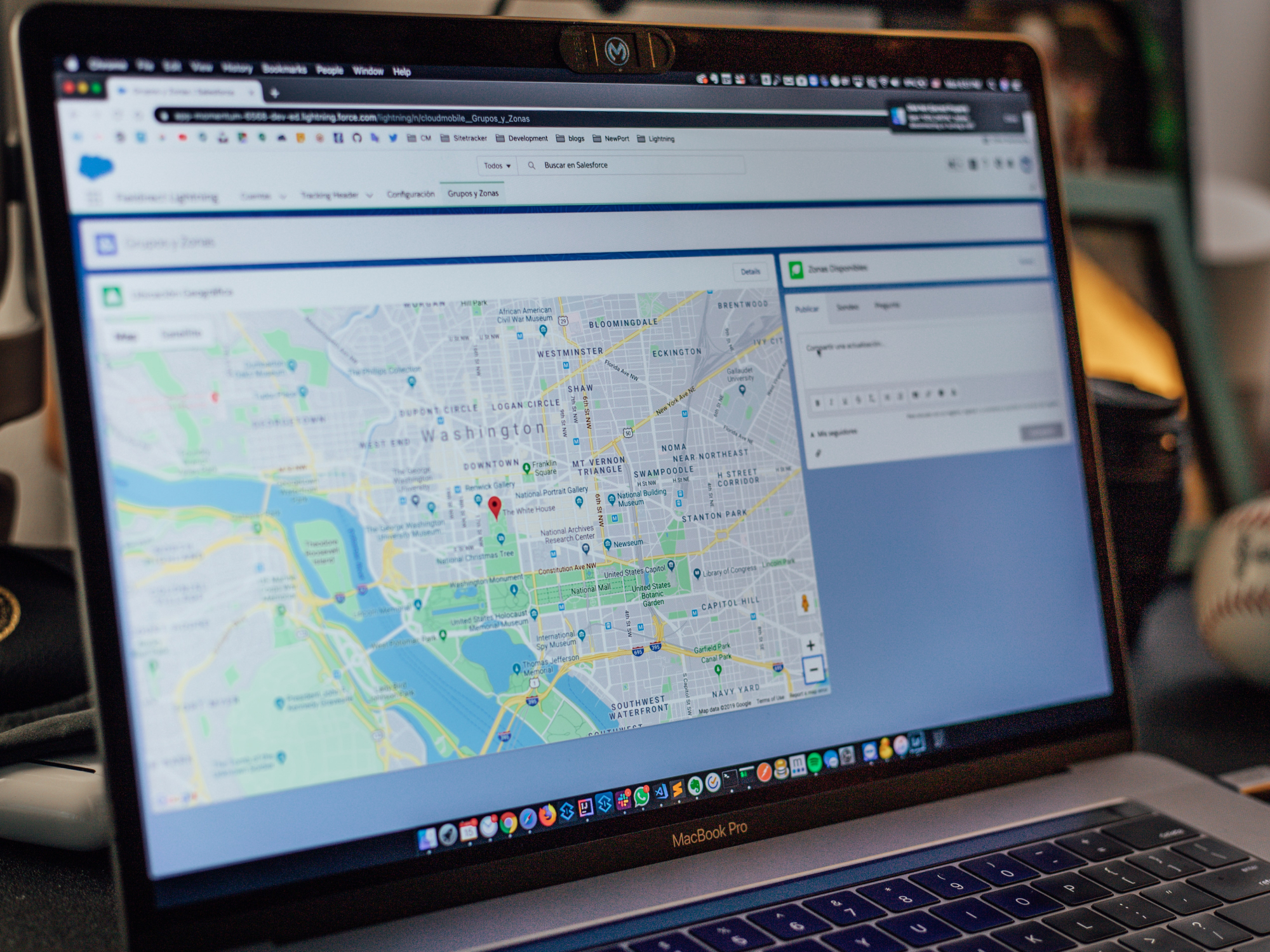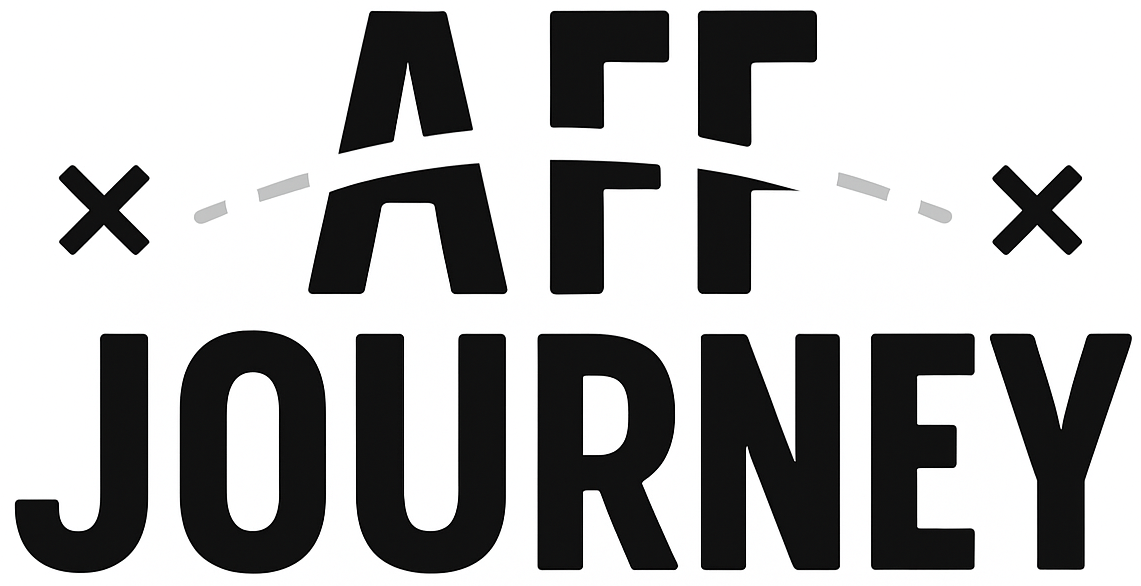© 2025 AffordableJourney. Built with care by our team. All rights reserved.
Solo Travel Safety Tips: Lessons I Learned on the Road
By Hannah Greer
Solo travel is one of the most liberating experiences you can have. You’re the master of your own itinerary, free to follow your curiosity without compromise. But with that freedom comes responsibility—especially when it comes to safety.
When I first started traveling solo, I’ll be honest—I was nervous. The idea of navigating foreign streets, meeting strangers, and staying in unfamiliar places alone felt daunting. Over time, through a mix of trial, error, and learning from seasoned travelers, I’ve built a personal safety toolkit that I now swear by.
In this guide, I’ll share my best solo travel safety tips—lessons I learned sometimes the hard way—so you can feel more secure and confident on your own adventures.
Research Your Destination Like a Local, Not a Tourist
When planning a solo trip, don’t just read the “Top 10 Things to Do” lists. Go deeper. Safety starts with knowing the environment you’re stepping into.
Check neighborhood safety ratings — Use tools like Google Maps crime overlays (in some cities), Numbeo, or local Facebook expat groups.
Understand cultural norms — Dress codes, gestures, or even camera etiquette can vary widely.
Look up common scams — Every major tourist city has them—like fake taxi meters in Bangkok or “friendship bracelets” in Paris.

Book Accommodation With Safety in Mind
Where you sleep can make or break your solo travel comfort level.
Choose well-reviewed stays — Read reviews specifically from other solo travelers.
Prioritize 24-hour reception — This ensures you can get help anytime.
Opt for locations near public transport — Reduces late-night walks through poorly lit areas.
Pro tip: On Airbnb, check the profile of the host, how responsive they are, and whether they have “Superhost” status.

Keep Your Valuables Close and Discreet
Pickpocketing and petty theft are common in crowded tourist hubs. Over the years, I’ve learned not to draw attention to my belongings.
Use an anti-theft bag — Slash-proof straps, lockable zippers, and RFID protection are lifesavers.
Carry minimal cash — Keep most of your money in a money belt under your clothes.
Separate cards and IDs — Store backups in your accommodation safe.
One trick I use: carry a “decoy wallet” with a small amount of cash. If you’re ever in a sticky situation, you can hand it over without losing everything.

Trust Your Gut Instinct—It’s a Survival Tool
One of the best safety lessons I learned? If something feels off, it probably is.
Your instincts will often pick up on subtle cues—like someone’s tone of voice, body language, or the atmosphere of a street—before your logical brain catches up.
Don’t worry about seeming rude.
Excuse yourself politely and leave if you feel uncomfortable.
In taxis or rideshares, if you sense danger, ask to be dropped off in a busy area immediately.
Blend In As Much As Possible
Tourists are often easy targets for scams and petty crime. While you can’t always disguise the fact you’re a traveler, you can avoid standing out.
Dress like locals — Avoid flashy clothes or branded “tourist gear.”
Learn basic phrases — A simple “hello” or “thank you” in the local language goes a long way.
Avoid obvious maps in public — Use your phone discreetly instead.

Stay Connected Without Oversharing
It’s important to let someone know where you are, but you don’t need to broadcast your real-time location to strangers.
Share itineraries with family/friends — Include hotel names, contact numbers, and flight details.
Check in regularly — A quick text can be enough.
Be careful with social media — Post photos after you’ve left the location, not while you’re there.
Be Street Smart With Transport Choices
Getting around is one of the trickiest parts of solo travel safety.
Official taxis or rideshare apps only — Avoid unmarked cars offering “cheap rides.”
Know the fare range — Look it up before hailing a cab.
Sit behind the driver — It’s harder for them to reach you.
For night travel, I often spend a little more to avoid walking long distances after dark.

Learn Basic Self-Defense Skills
I’m not saying you need to become a black belt before your trip, but knowing a few key moves can be empowering.
Focus on breaking free and escaping—not fighting.
Target vulnerable areas like the nose, eyes, and groin if you’re attacked.
Consider carrying a legal self-defense item like pepper spray (if allowed in that country).
Make Friends, But Be Cautious
Meeting people is part of the joy of solo travel, but not everyone has good intentions.
Meet in public places first.
Avoid telling strangers your hotel name until you fully trust them.
Don’t leave drinks unattended—spiking incidents can happen anywhere.
One of my rules: I trust my vibe check more than someone’s story.
Have an Emergency Backup Plan
Things can go wrong despite your best precautions. Always have a plan for emergencies:
Know your embassy’s location — Save it in Google Maps.
Keep digital copies of important documents — Passport, visas, insurance.
Have multiple payment options — In case one gets lost or stolen.
I also keep a small stash of emergency cash hidden in my shoe or toiletry bag.
Lessons I Learned the Hard Way
Travel teaches you as you go, and not every lesson comes gently.
Overconfidence can be dangerous — I once thought I could walk alone at 1 AM in a “safe” city. I was followed for blocks.
Alcohol lowers your guard — A night out in Prague taught me that my decision-making changes after two cocktails.
Scams aren’t always obvious — The most polite stranger once overcharged me for a “private boat tour” in Venice.
The Confidence Factor
The more prepared you are, the more you can relax and enjoy yourself. Safety isn’t about paranoia—it’s about awareness and confidence.
When I look back at my first solo trip and compare it to now, I see a huge transformation. I’ve learned how to read situations, protect my space, and trust myself. And honestly? That self-assurance is the greatest souvenir solo travel can give you.
Traveling alone will always have risks, but so does staying at home. With the right precautions and mindset, you can explore the world freely and safely.
So pack your bags, trust your instincts, and get ready for an adventure where the most important thing you’ll discover is yourself.




